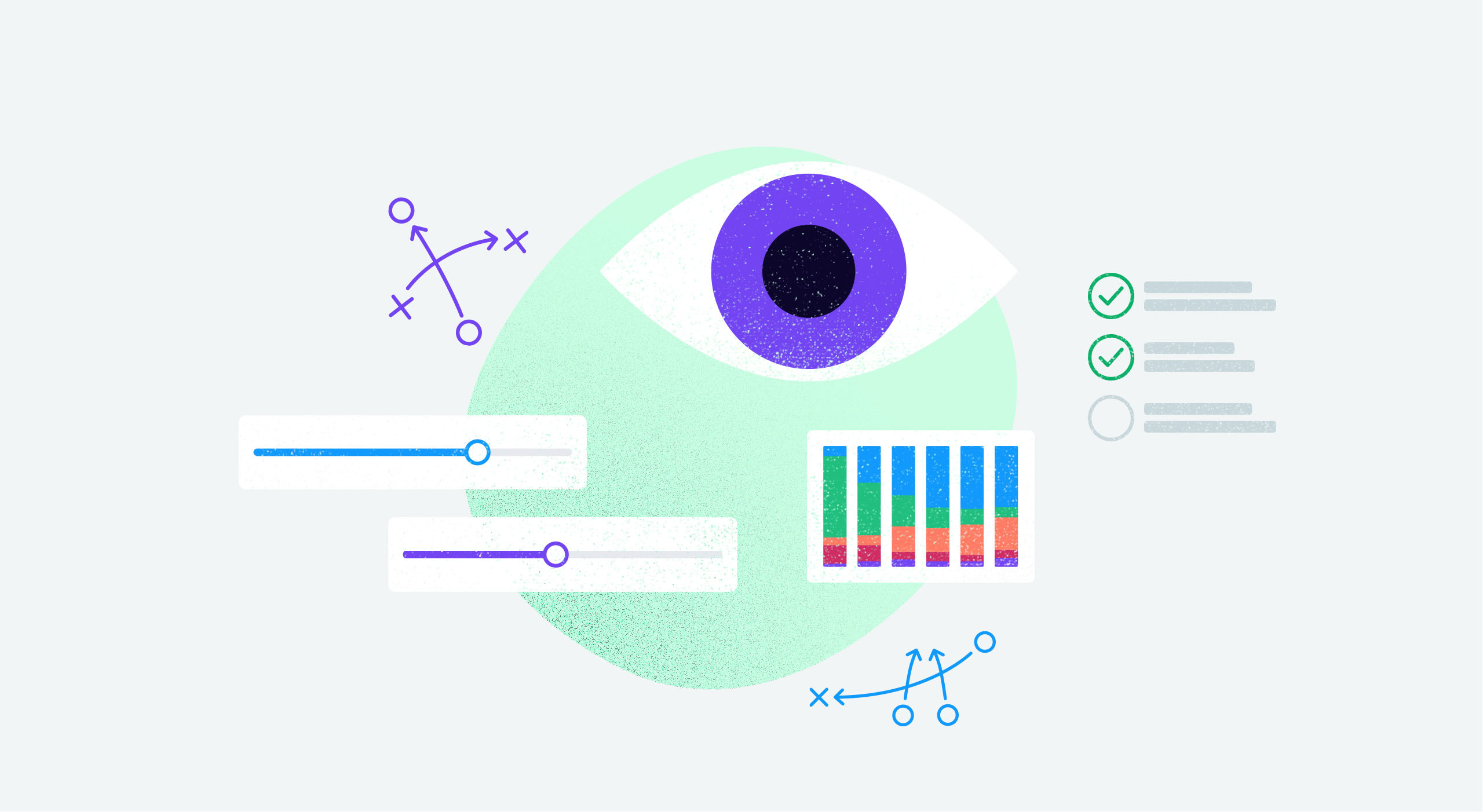Despite turbulence in the market and some eye-catching headlines, software continues to be the dominant force driving the modern business landscape. More than ever before, business leaders look to software engineering and product teams to inform strategic decisions.
And yet, most R&D organizations still struggle to communicate impact and advance business strategy in a way that’s meaningful to their executive counterparts. It’s not really surprising; business executives aren’t used to consuming development nuances and R&D orgs are still learning how to explain it.
A new wave of data-driven engineering teams is bucking this trend, mining engineering data with tools that can provide the same fidelity of strategic insights for R&D teams that go-to-market teams have had for decades with the likes of Salesforce. These data-driven software development organizations understand that the best way they can have an outsized impact on the business is to enable teams not just to ‘deliver value,’ but to deliver the RIGHT value, and to empower them with the tools they need to make those decisions.
Software engineering teams and their leaders need to be able to know and communicate their impact, take action on the vast amounts of data at their fingertips, and have confidence in the decisions they’re making and the value they’re delivering. Today, Jellyfish is proud to release new tools that will help teams do just that by enabling them to accurately plan and predict, increase visibility and alignment, and take more decisive action as they deliver value to customers.
Accurately Plan & Predict
Take the Scenario Planning product tour
Setting delivery expectations and effectively communicating the impact of scope changes, can be extremely challenging, but it is critical to the success of software delivery. Too often, lack of alignment results in pushed deliverable deadlines, frustrated business stakeholders, and overburdened engineering teams. Software development teams and leaders need a better way to model, forecast, and communicate the tradeoffs being made and the impact it has on the entire system when engineers are allocated to one project over another, or even re-assigned to higher priority projects..
That’s why we developed Jellyfish’s latest product feature, Scenario Planning. When setting delivery expectations, the entire executive team should be accountable. Jellyfish Scenario Planning addresses this issue by representing opportunity costs in days/hours that business leaders can comprehend. Scenario planning puts engineering teams in the driver’s seat, and positions them to set delivery expectations, so the business doesn’t do it for them.
Visibility & Alignment
The second area Jellyfish is launching new features empowering teams to stop guessing and make better decisions is around visibility and alignment. Software engineering teams need to understand where they are spending their time right now and answer questions like: Is this how we want to be investing our time and energy? Are we making investing in the things we committed to, or the things that are most business critical? How can we most effectively show the impact our team and our engineers are having on the business?
Jellyfish’s Allocation feature remains the most advanced and accurate assessment to ensure the right resources are staffed on the right projects, that the team, group, and organization as a whole is investing in the types of work, the projects, or the products that will have the greatest impact on the business. Now we’ve deepened this experience so that each team can view their allocations across the vectors that are most important to them and to the business. This new allocation experience enhances how teams contextualize their impact, how they are spending their effort, and whether it aligns with business goals.
Take Action
Modern software development workflows can pull engineering’s attention in a lot of different directions. In order to ensure that teams are rowing in the same direction, are on track to delivering on strategic initiatives, and making progress on their goals, they need to be able to proactively plan and track against these, and know when things are slipping so the team can take corrective action.
Goal setting is one way to achieve this; establishing goals as a feature within Jellyfish allows organizations of all sizes to set tangible objectives on multiple dimensions, giving teams a more substantive approach for prioritization of effort. The reality of today’s engineering organizations is one that requires efficiency; setting goals that align to broader company initiatives makes it easier to make decisions, track progress, and course correct when needed.
Alerting is another. Alerts on Jellyfish data will be the key making teams and their operations observable, bringing attention where it’s needed in real-time. They will help teams get back on track immediately rather than having to dig into the data to discover when bottlenecks are happening.
As all companies trend towards becoming tech companies the importance of aligning strategic business goals and technical output is the competitive advantage. Being proactive to address potential issues and being able to quantify the decisions involved is what provides an edge to elite engineering teams.







